Haptic Feedback for Controller Triggers
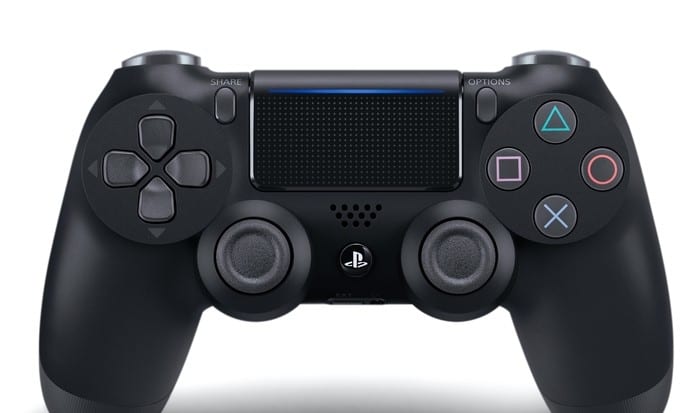
The next controller for the PS5 (not coined as the DualsShock 5 just yet) will be implementing some exciting new features such as adaptive triggers and haptic feedback, giving players a more realistic feeling when performing actions in-game such as pulling back a bow and arrow.
The adaptive triggers can offer “varying levels of resistance” so that you can feel that tension when you shoot off that shotgun or another powerful weapon.
And haptic feedback is essentially super-powered rumble that just adds to the overall gaming experience.
The next-gen controller will also use a USB Type-C connector for charging and it will be a bit heavier than the DualShock 4 but it will still be lighter than the Xbox One contoller with batteries in it.
Sony is Changing The Approach With Storage

Thanks to the PS5 using a SSD (solid state drive), players will be able to choose what parts of their games that they want to download/install. This means that you can pick and choose what parts of the game that you would like to play.
If you just purchased the newest Call of Duty for example, you can download the multiplayer segements instead of the single player so that you can save yourself time and more importantly, storage space.
Jumping into your games will be signicantly faster as well, even when joining friends for an online match –the user interface is completely revamped, creating a more snappy gaming experience.
PS5 Will Be Releasing in Holiday 2020
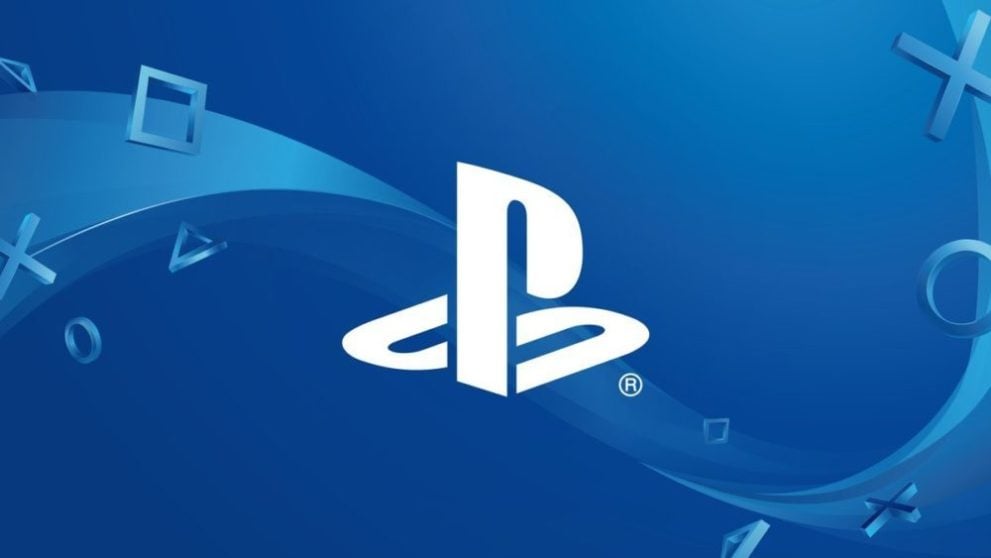
Wired published an exclusive story today regarding Sony’s next-gen video game console, the PS5. Now, last time we recieved news on the new console, that name was not confirmed, but now we can officially call it that as Sony Interactive Entertainment CEO Jim Ryan has confirmed.
While he mentioned tons of new information about Sony’s next console, one of the most important things that came out o the interview is the fact that the PS5 will be launching sometime in holiday 2020, lining up with all of the rumors and speculation.
Sony Will Continue Pushing PS VR
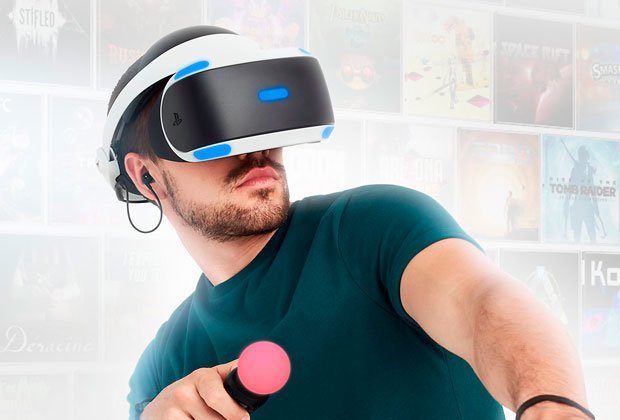
Since launching their iteration of virtual reality back in 2016, Sony’s PS VR headset has sold over 4 million units. Considering that there are tons of VR units sitting around in the homes of consumers, one would hope that the PS5 would support PS VR, right?
Well, don’t worry, because Mark Cerny has told Wired that VR is very important to the company going forward with the new console.
Not only will the current PS VR units be compatible with the PS5, but Cerny also states that there is an ongoing plan for VR pertaining to the PS5, a strategy that he couldn’t talk about, but says that VR can be even better on the PS5, thanks to a custom unit for 3D audio that both the PS3 and PS4 lacked.
Sony has been pushing PS VR more than ever lately, leading to some pretty strong sales this past holiday season. Whether or not you think VR is the future, Sony is making sure that the PlayStation ecosystem is the best place to play these type of experiences.
Say Goodbye to Loading Screens
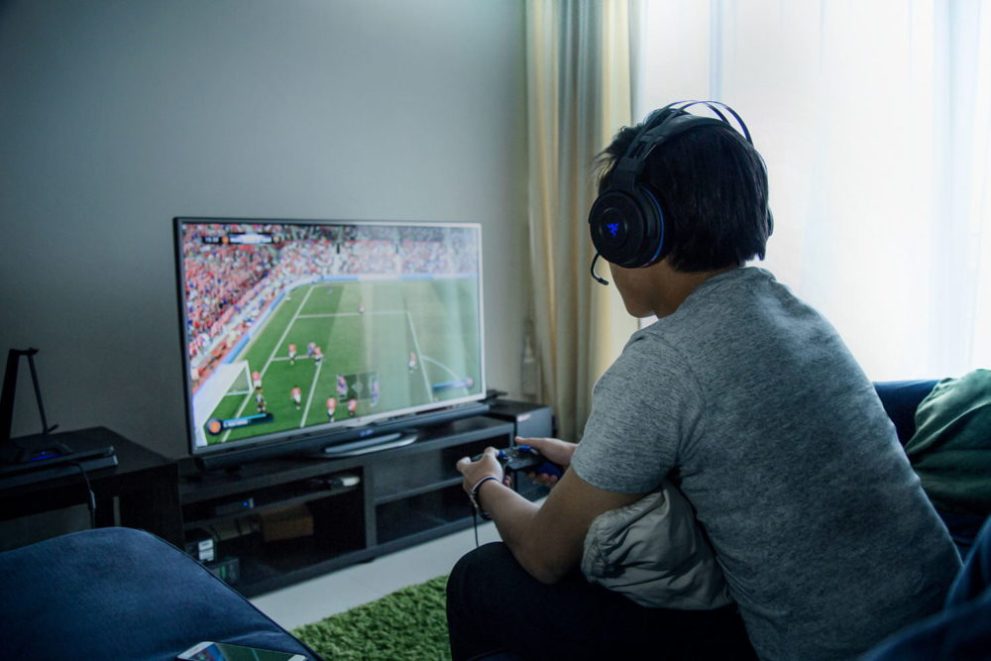
It’s 2019 and you would think that minute-long loading screens would be a thing of the past, but no, they’re still around in bigger, more open-ended games like Square Enix’s Final Fantasy XV or Bioware’s mess of a loot shooter, Anthem.
With the eventual release of the next PlayStation, it seems that loading screens will be pretty much gone from our video games, thanks to one big inclusion in the console architecture that will forever change how we play games.
Of course, the PS5 will have a more powerful CPU and GPU, as well as an upgraded sound chip – like most new consoles, the PS5 will definitely have updated visuals and an identifiable graphics boost. But something that the PS5 has inside of its tech is simple yet very effective when it comes to running games smoothly – it’s an SSD, a hard drive!
Cerny booted up Insomniac’s Spider-Man on the PS4 Pro and showed off how long it took for Spider-Man to fast travel to a different section of Manhattan – about 15 seconds on the Pro. But then, completing the same task on a next-gen devkit on a separate television resulted in a very different outcome.
What took 15 seconds on the PS4, took less than a second on the PS5 devkit, a low-end devkit for that matter. Now, Spider-Man isn’t the most technically impressive video game of all time, but considering the nature of this little “experiment,” it’s all very impressive, especially being quite a ways away from seeing this console on shelves.
And the addition of the SSD isn’t the only game changer.
Ray Tracing and Other Improvements

Okay, so here’s the nitty gritty behind the tech that’s within the architecture of the PS5 – hold on to your horse’s folks, as this console will be a major step up in graphical fidelity compared from the PS3/PS4 transition.
The PS5 CPU will be “based on the third generation of AMD’s Ryzen line and contains eight cores of the company’s new 7nm Zen 2 microarchitecture.” The GPU will be supporting Ray Tracing, a rendering technique that “models the travel of light to simulate complex interactions in 3D environments.”
Ray Tracing is typically used for big Hollywood productions, and not in video game consoles, but Cerny and the PS5 crew are hard at work to make it fit into the PS5. Essentially, new games made for the system will be very pretty to look at, almost as if you were watching a film, thanks to the apparent visual upgrades that lead to “heightened realism.”
In a new article from Wired, we also learned thar ray-tracing for the PS5 is not just a software-level fix but instead there will be ray-tracing acceleration in the GPU hardware itself.
Launch Games for PS5 Will More Than Likely Be on PS4 as Well
There are a couple of PlayStation exclusive titles that are still up in the air when it comes to their respective launch dates. We have no concrete release details on The Last of Us Part II, Death Stranding, or Ghosts of Tsushima. Could we eventually be seeing these games transition over to the PS5?
Even if all three of these games do end up coming out on PS5, Mark Cerny affirms that not only will the PS5 be backward compatible with the PS4, but he expects that “numerous new games” will be released for both PS4 and the next-gen console.
A game that seems very far off like Death Stranding, for example, will most likely hit both the PS4 and PS5 – at least, Wired thinks so:
“When asked, a spokesperson in the room repeated that the game would be released for PS4, but Cerny’s smile and pregnant pause invites speculation that [Death Stranding] will, in fact, be a two-platform release.)”
PS5 Will Still Use Discs
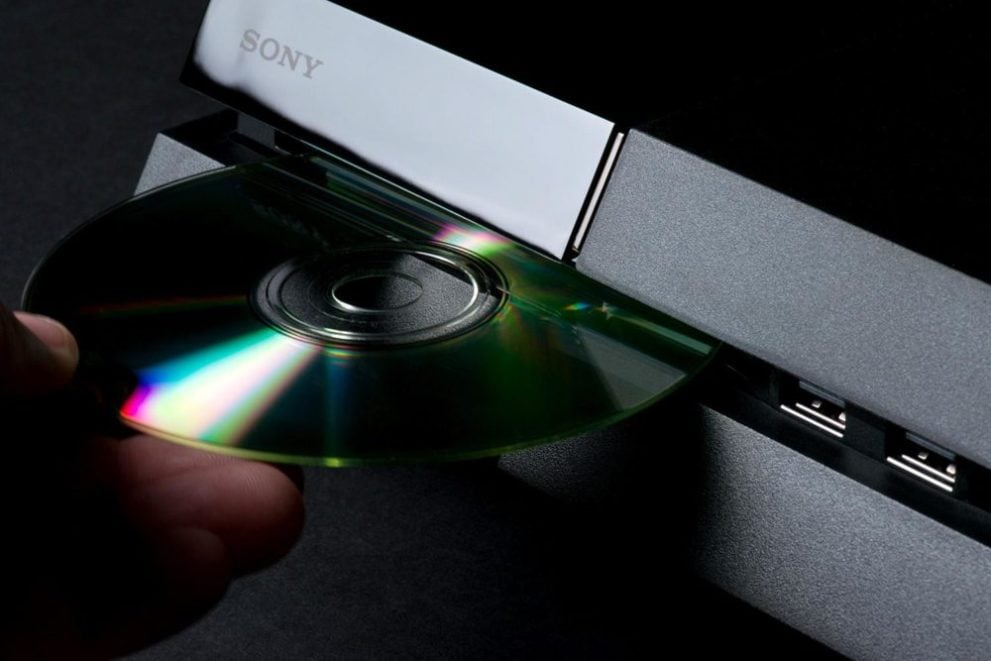
Truly being backward compatible, you will be able to use PS4 discs with the PS5, thanks to the next-gen system using a similar architecture to that of the PS4.
So yes, that brings us to the point here. The PS5 will still be using optical media, and will not be download-only.
With Google Stadia being recently announced, the support of PS Now, and Microsoft’s Project xCloud, one would think that streaming is the future, and while that is true in my opinion, we’re just not there yet in terms of internet speed.
Dealing with latency issues and people feeling strange about their video game ownership are two reasons alone for Sony to not have a discless console right now. I could see Sony releasing a cheaper version of the PS5 in a couple of years that’s all-digital but only time will tell.
In a new article that was published by Wired recently, we learned that the PS5 will still use “100GB optical disks that will be inserted into an optical drive that doubles as a 4K Bluray player.”

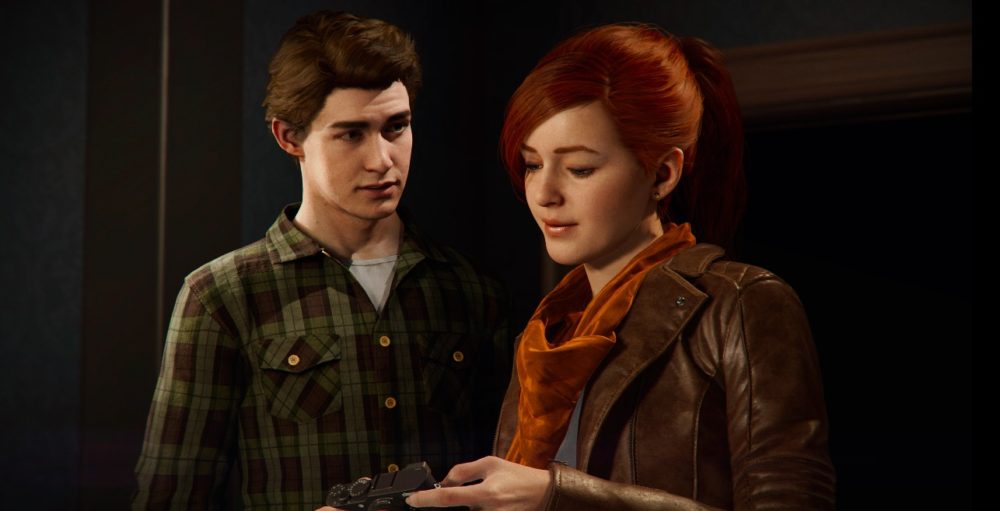













Updated: Oct 8, 2019 10:00 am